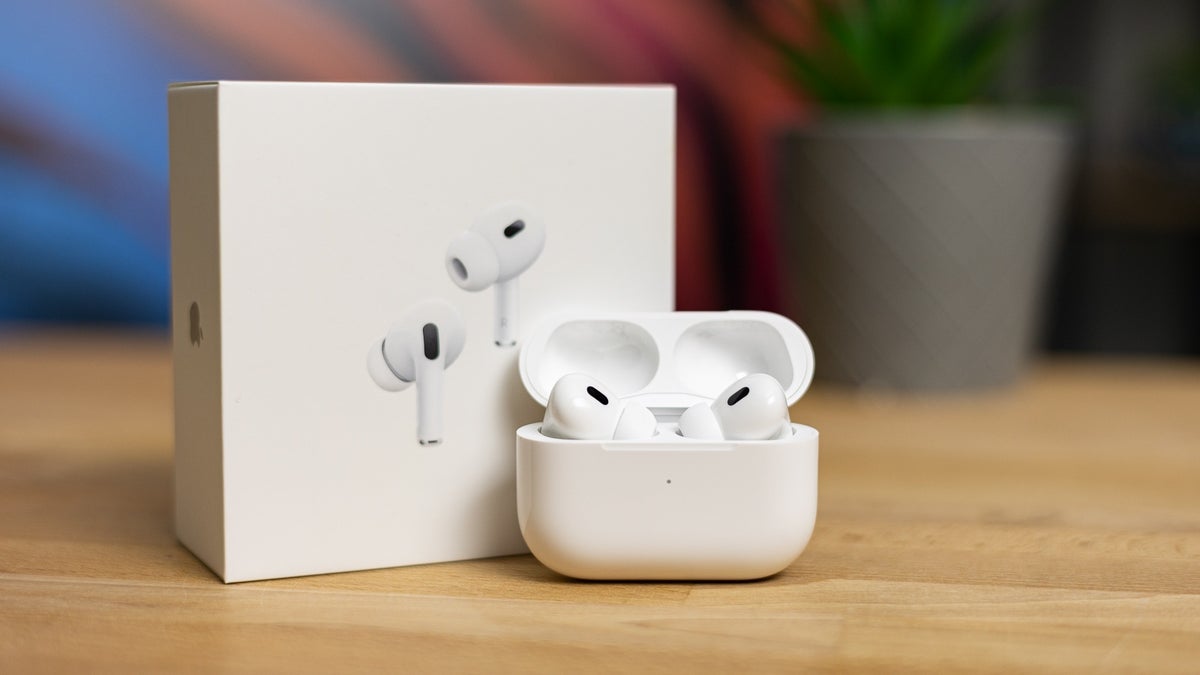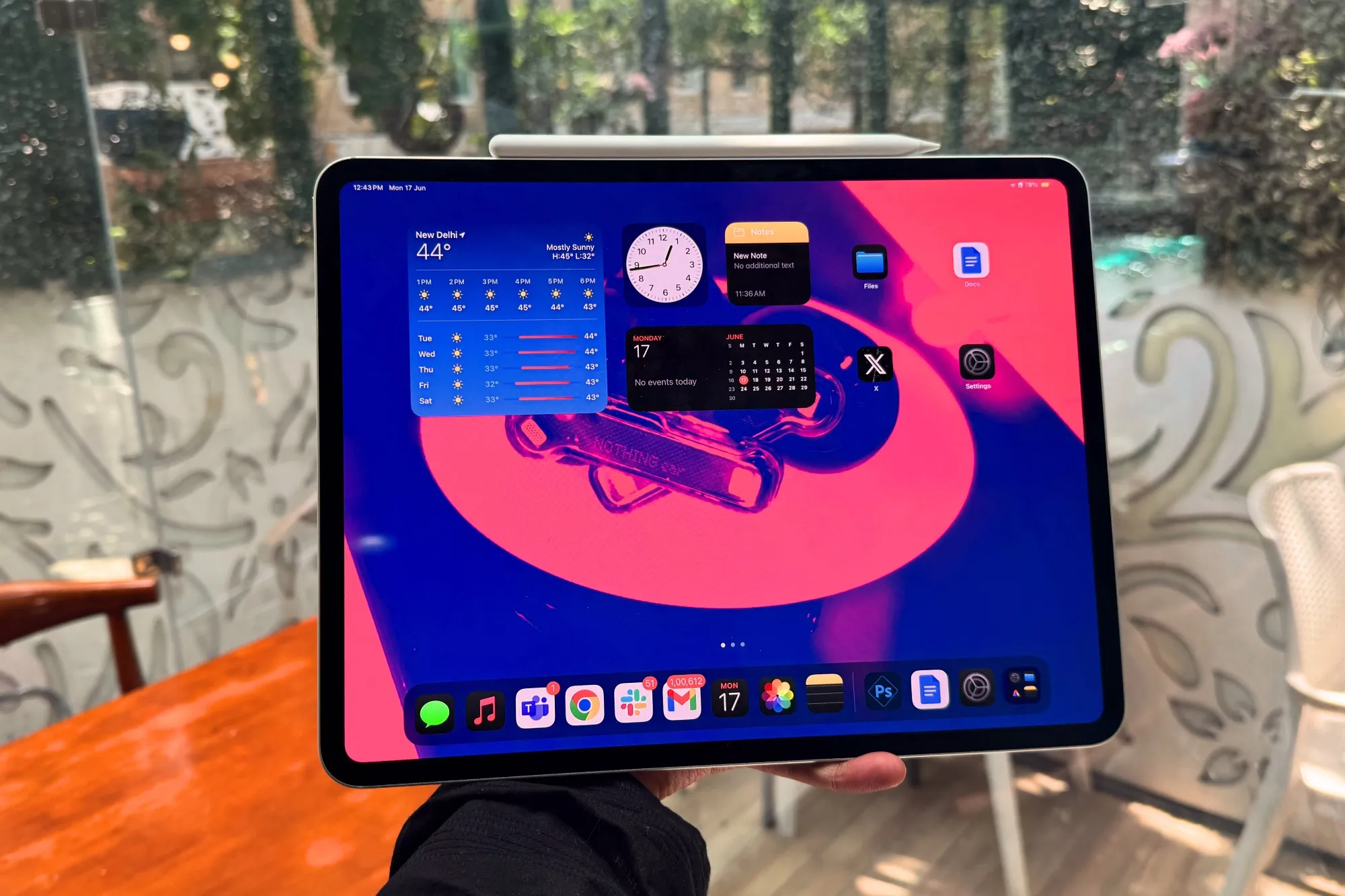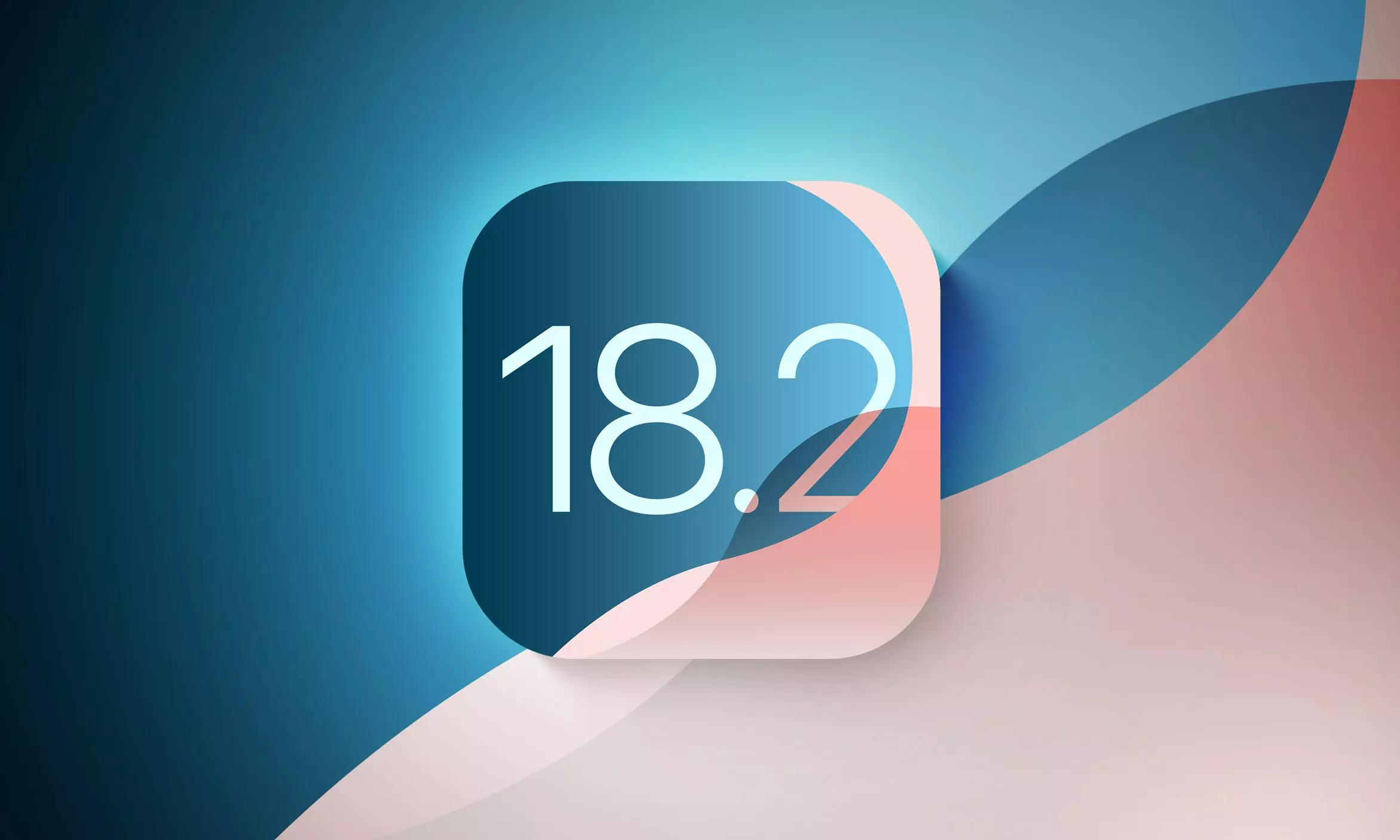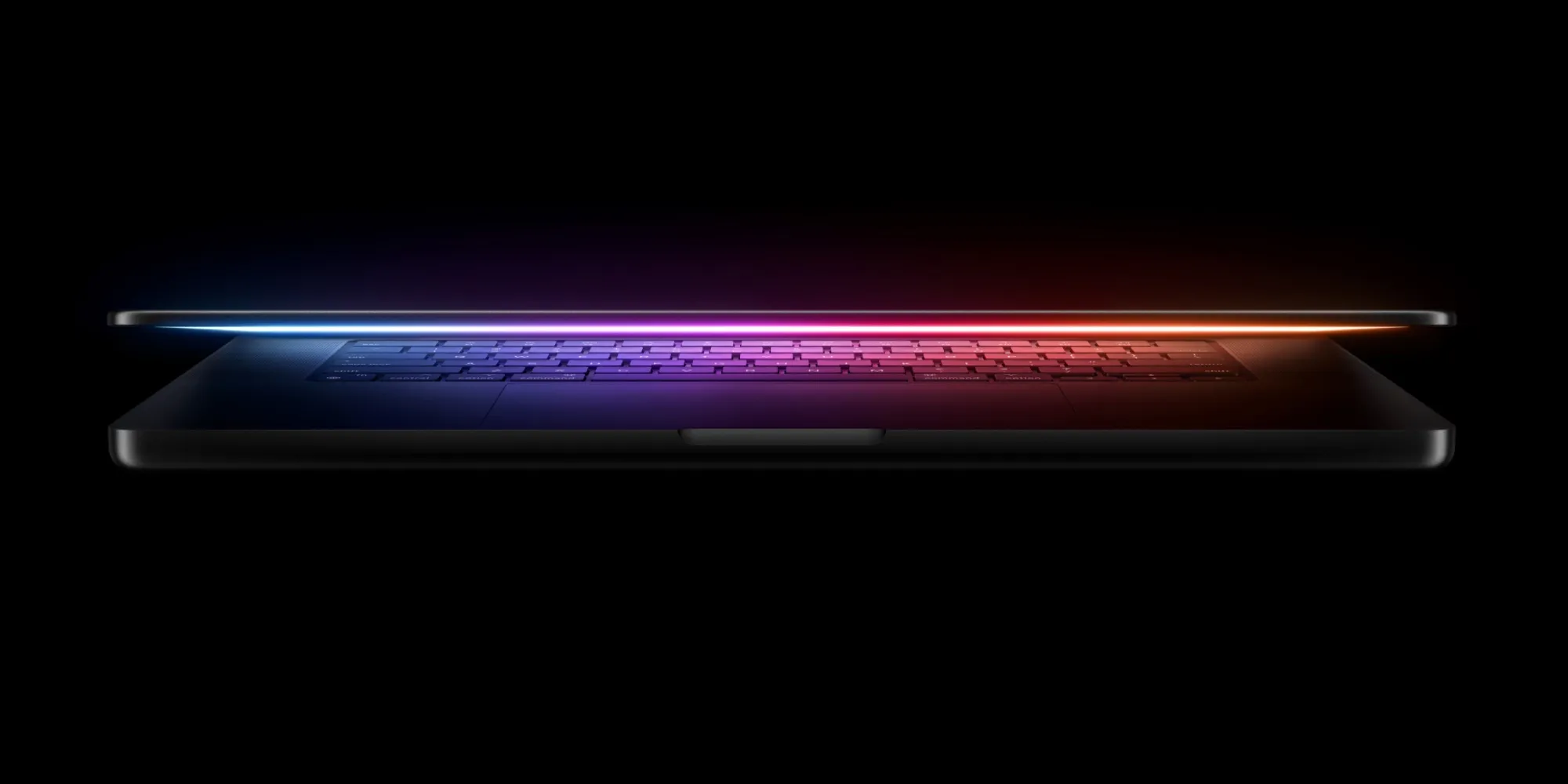The world of personal audio is constantly evolving, and Apple has consistently been at the forefront of this evolution with its AirPods lineup. While the AirPods Pro 2 continue to impress with their advanced features and regular software enhancements, whispers of a successor have been circulating for some time. Now, it appears the AirPods Pro 3 are on the horizon, potentially arriving alongside the highly anticipated iPhone 17 series this September. Let’s delve into the exciting new features rumored to be gracing this next generation of wireless earbuds.
A Quantum Leap in Processing: The H3 Chip
Central to the anticipated advancements in the AirPods Pro 3 is the rumored introduction of the H3 chip. According to Bloomberg’s Mark Gurman, this new silicon will power the next generation of audio experiences. While some chip upgrades offer incremental improvements, the H-series chips in AirPods have historically delivered significant leaps in performance. This pattern is likely due to the extended development cycles between updates. The original AirPods Pro’s H1 chip served for three years before the H2 arrived with the AirPods Pro 2. Now, another three years later, the H3 is poised to make its debut.
The H2 chip brought substantial improvements, including enhanced noise cancellation, richer bass, and crystal-clear sound across a wider frequency range. It also enabled on-device processing for features like Adaptive Transparency, intelligently reducing loud environmental noises. The H3 chip is expected to build upon this foundation, unlocking a new suite of features and further refining the audio experience. Personally, I’m hoping for a significant boost in battery life, a common desire among users.
A Fresh Perspective: Design Refinements
Beyond the internal enhancements, Gurman also suggests that the AirPods Pro 3 will feature a redesigned exterior. While specific details remain scarce, it’s unlikely we’ll see a radical departure from the current design, which has been widely praised and even influenced the design of the AirPods 4. Instead, we might anticipate subtle refinements, such as adjustments to the stem size or improvements to the in-ear fit for enhanced comfort and stability.
Elevated Immersion: Enhanced Noise Cancellation
One of the standout features of the AirPods Pro 2 has been their impressive Active Noise Cancellation (ANC). Building on this success, Apple is reportedly aiming to significantly improve ANC in the AirPods Pro 3. This enhanced noise cancellation, likely driven by the increased processing power of the H3 chip, promises an even more immersive and distraction-free listening experience. Imagine a world where the hustle and bustle of daily life fades away, leaving you completely enveloped in your audio.
Beyond Audio: Exploring the Realm of Health
Perhaps the most intriguing rumors surrounding the AirPods Pro 3 involve potential health-focused features. Gurman has reported that Apple is exploring the integration of several health sensors into future AirPods models, including:
- Heart rate monitoring: Similar to the Apple Watch, this feature could provide real-time heart rate data during workouts and throughout the day.
- Temperature sensing: This could potentially offer insights into overall health and even detect early signs of illness.
- Advanced physiological measurements: New sensors could enable a range of additional health metrics, opening up exciting possibilities for personal health monitoring.
While Gurman suggests that heart rate monitoring might be ready for the AirPods Pro 3 launch, the integration of health features is complex, requiring careful development, testing, and regulatory approvals. Therefore, it’s possible some of these features might be delayed. The recent introduction of hearing health features in iOS 18.1 for AirPods Pro 2 suggests Apple is increasingly focused on this area, hinting at exciting developments to come.
A Lunar New Year Celebration: Limited Edition AirPods 4
In addition to the buzz surrounding the AirPods Pro 3, Apple has also released a special edition of the AirPods 4 to celebrate the Lunar New Year, specifically the Year of the Snake. These limited edition AirPods 4 feature a unique engraving of the Year of the Snake icon on the USB-C charging case.
These special edition AirPods 4 are currently available in China, Hong Kong, Taiwan, and Singapore. Functionally identical to the standard AirPods 4 with Active Noise Cancellation, they offer features like Adaptive Audio, Transparency mode, and Spatial Audio support. This limited edition release follows a tradition of Apple creating special edition AirPods for the Lunar New Year, with previous years featuring engravings for the Year of the Dragon, Ox, Tiger, and Rabbit.
Alongside the special edition AirPods, Apple is also holding a New Year sale in China, offering discounts on various products, including iPhones, Macs, iPads, and accessories. Additionally, Apple is hosting Year of the Snake-themed Today at Apple sessions from January 4 to February 14.
Looking Ahead: The Future of AirPods
The anticipation for the AirPods Pro 3 is palpable, with the promise of a new chip, refined design, enhanced noise cancellation, and potential health features. Combined with the celebratory release of the limited edition AirPods 4, it’s clear that Apple continues to innovate and push the boundaries of personal audio. As we eagerly await the official unveiling of the AirPods Pro 3, one thing is certain: the future of AirPods is bright.



